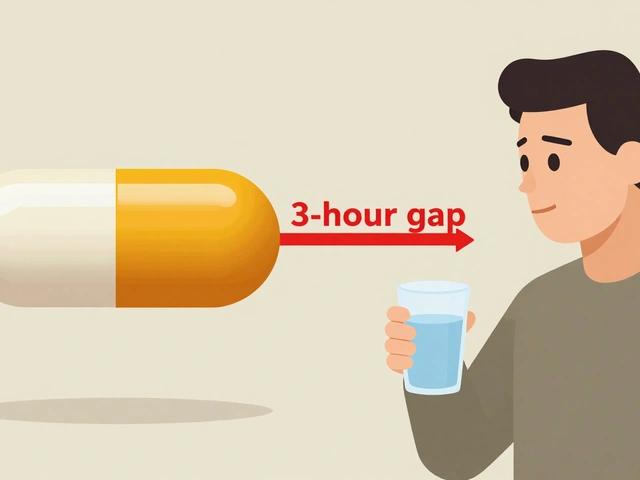DPP-4 inhibitors: Practical Guide for Type 2 Diabetes
If you or someone you care for has type 2 diabetes, you’ve likely heard about DPP-4 inhibitors. They’re a pill option that helps lower blood sugar with a low risk of weight gain. This page explains in plain terms how they work, which drugs are common, who they suit, and what to watch for.
How they work and common drugs
DPP-4 inhibitors block the enzyme DPP-4. That keeps incretin hormones (GLP-1 and GIP) active longer after meals. Those hormones boost insulin when glucose is high and lower glucagon, so blood sugar falls. They don’t force insulin all the time—only when it’s needed.
Common drugs in this class: sitagliptin (Januvia), saxagliptin (Onglyza), linagliptin (Tradjenta), and alogliptin (Nesina). They’re usually taken once daily as pills, often added to metformin when metformin alone doesn’t reach targets.
Benefits, side effects, and practical tips
Main benefits are modest A1c reduction (about 0.5–1.0%), few side effects, and weight neutrality. They’re easy to swallow and fit well into busy lives. For older adults or people worried about low blood sugar, they’re often safer than some alternatives.
Watch for possible side effects: upper respiratory symptoms, headache, and occasional stomach upset. Rare but serious issues include pancreatitis and severe joint pain. If you get sudden intense stomach pain or new severe joint pain, see a doctor right away.
Important drug safety notes: DPP-4 inhibitors can increase hypoglycemia risk when combined with insulin or sulfonylureas—your doses may need lowering. Saxagliptin has been linked to a small increase in heart failure risk in some patients; if you have heart failure, discuss options with your prescriber.
Renal dosing matters. Sitagliptin, saxagliptin, and alogliptin need dose adjustment in kidney impairment. Linagliptin stands out because it usually doesn’t require kidney-based dose changes, which is handy for people with chronic kidney disease.
Typical use: once-daily pill with or without food. Keep taking other prescribed diabetes meds unless your provider advises changes. Check A1c every 3 months after starting or changing therapy, and monitor for symptoms between visits.
If you’re pregnant, breastfeeding, or under 18, DPP-4 inhibitors aren’t commonly recommended—talk to your clinician about safer options. Cost and insurance coverage vary, so ask your pharmacist about generics or patient programs if price is a barrier.
Want a simple rule of thumb? DPP-4 inhibitors work best as a next-step add-on for people with type 2 diabetes who need modest A1c lowering, prefer oral meds, and want low risk of weight gain or severe hypoglycemia. Always discuss personal risks, kidney function, and heart history with your healthcare provider before starting one.
Curious about what’s next after glipizide? Discover the hottest oral diabetes treatments in 2025. We break down SGLT2s, GLP-1s, and DPP-4s to help you find the smartest way to manage your A1c. Get the facts, real-life tips, and all the pros and cons, whether you’re new to diabetes or considering a medication change.
Continue reading...






